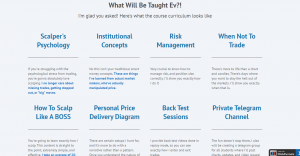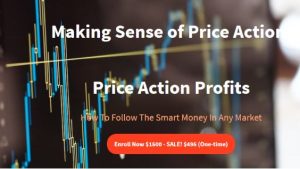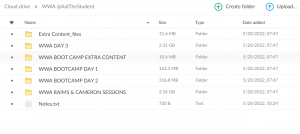About Course:
Class 1: Market Participants
Each participant in the market operates with varying motivations and constraints. Some invest to fulfill regulatory requirements, some to hedge their portfolios, and others have objectives unrelated to profit. This course explores key market participants and provides examples of individuals investing for reasons beyond “fundamentals.” Prices don’t always convey their apparent meaning. You can access the entire class for free as a preview.
Class 2: Federal Reserve
The Federal Reserve holds a position as the most influential market participant globally. The statements of a Fed chair can propel markets to unprecedented heights or plunge them into despair. However, the Fed acts rationally, and its actions can be comprehended and forecasted. This course delves into the Fed’s dual mandate, the tools it employs to fulfill its mission, and elucidates their consequences on the tangible and financial economy. Case studies include “Higher for Longer,” Reverse Wealth Effect, Taper Tantrum, and the Corporate Credit Facility.
Class 3: Treasury Market
The Treasury market stands as the paramount global market, dictating the risk-free rate in U.S. dollars, which directly impacts all asset prices. This course dissects the mechanics of the Treasury market, covering product types, supply and demand drivers, and common market interpretations of the yield curve. Case studies encompass the March 2020 Treasury Market, TIPS implied breakevens, and safe haven bids.
Class 4: Agency MBS
The Agency MBS market is often likened to being “Treasury adjacent” due to its credit risk-free nature and high liquidity. This course elucidates the process of creating Agency MBS, discusses unique characteristics such as prepayment risk, and outlines how MBS prices influence the real economy. Case studies include 2022 QT, Convexity Hedging, and the 2020 mREIT Implosion.
Class 5: Foreign Exchange
The FX market is a significant asset class with direct repercussions on both the financial and real economies. Global investors consider FX fluctuations when making investment decisions, while real economy actors react to shifts in import and export prices. This class explores various academic and investor perspectives on the factors driving FX and highlights the substantial role governments play in influencing FX prices. Case studies incorporate the East Asian Currency Crisis, Sri Lanka Balance of Payments Crisis, Swiss Un-Peg in 2015, and the Safe Haven Yen.
Class 6: Global Dollar System
The U.S. dollar holds a unique status as the currency of the United States while being widely adopted worldwide. This course outlines the extent of the dollar’s influence, offers insights into why it dominates, and examines its implications. The global dollar system effectively makes the Fed the de facto central bank of the world, transmitting Fed policy globally. Case studies encompass the 2008 Fed Swap Lines, Dollar strength and inflation, and Eurodollar Banking.
Class 7: Equities
Equities are the most popular asset class but also the most challenging to comprehend. This course provides an overview of the equity market, explores traditional valuation theories, and underscores that equities can exhibit significantly different behavior in practice. Case studies include Target Date Funds, the Index Effect, Corporate Stock buybacks, Relief Rallies, and Tesla Stock split.
Class 8: Credit
A wide spectrum of borrowers raises capital by issuing debt in the market. This course covers the corporate credit, municipal, and asset-backed securities market, delving into spreads, ratings, default and recovery, and market indicators. Case studies incorporate Fallen Angels, Fed Corporate Credit Facility, and Private Label MBS.
Class 9: Global Central Banks
Central banks wield immense influence over the market, making it crucial to study major central banks individually. They can also exhibit predictability, creating investment opportunities. This course discusses the mandates and tools of the ECB, BOJ, and PBOC. Case studies encompass Draghi’s “Whatever it takes,” Yield Curve Control, RMB Shock Devaluation, and the BOE Pension Crisis.
Class 10: Money
Money equates to demand. When there is an abundance of money, demand for tangible goods, services, and financial assets rises. This course explores different forms of money, how money is generated, and how it circulates. Case studies include Quantitative Easing, Post-GFC Credit Crunch, Covid Fiscal Stimulus, the 2006 Real Estate Boom, and Eurodollar Banking.


 Over 1.000 comments
Over 1.000 comments









